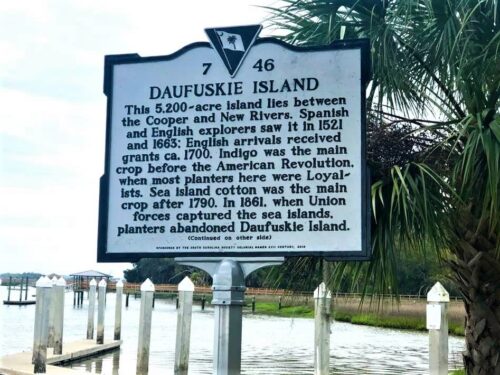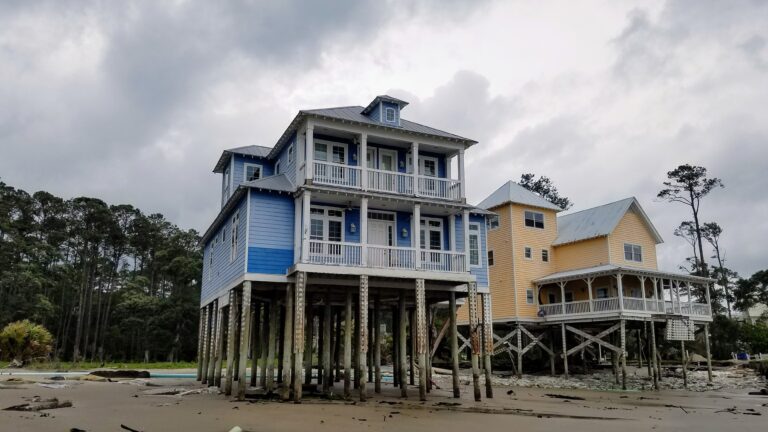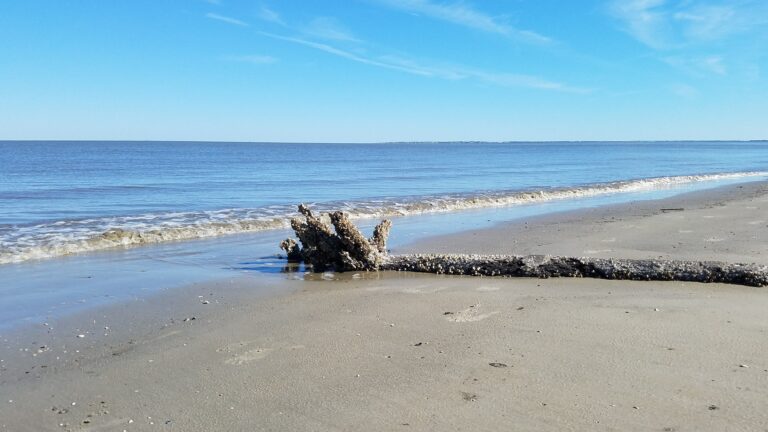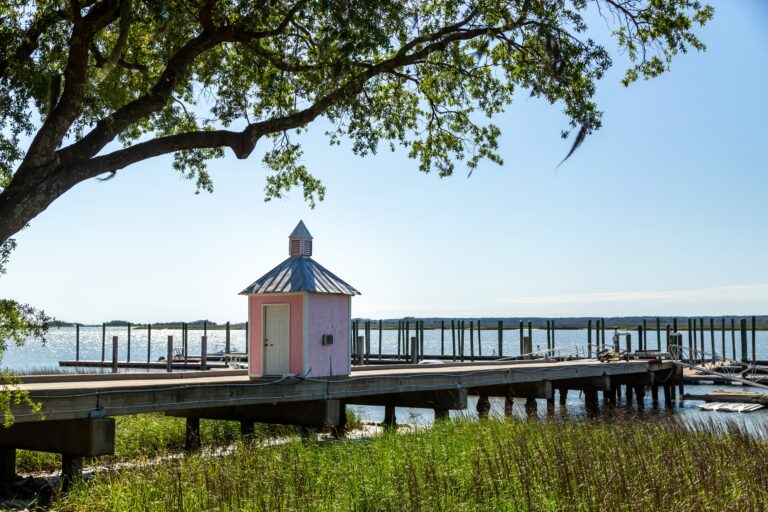Tour the Historic Frances Jones Home on Daufuskie Island
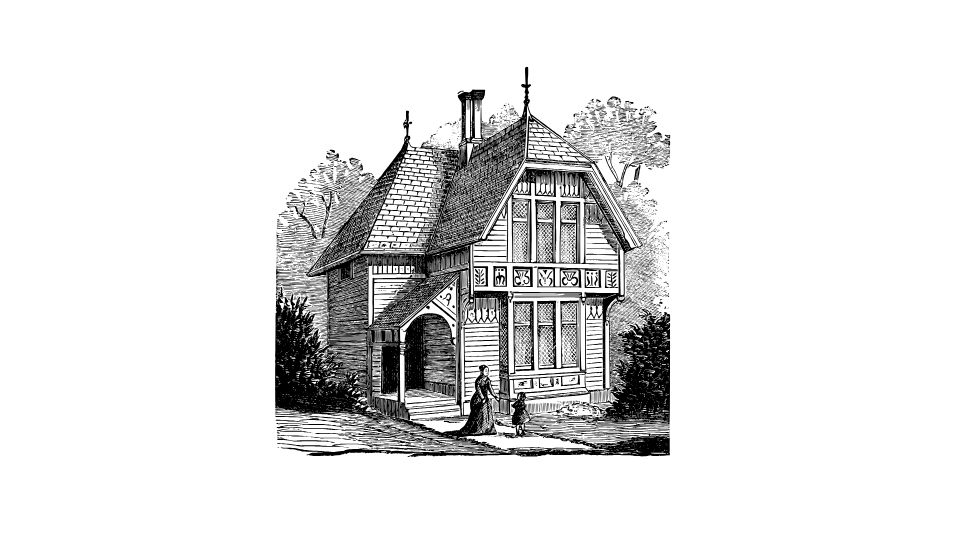
Ever heard of a place where time stood still?
Where a little house built by newly freed slaves still stands today, telling a story so powerful you can feel it in the floorboards?
That’s the Frances Jones Home on Daufuskie Island.
This isn’t just some old building with a plaque. It’s a living testament to African American resilience, education, and Gullah culture in South Carolina’s Lowcountry. And it’s got more character and history packed into its 950 square feet than most mansions could dream of.
The House That Freedom Built
Let’s take a step back to the 1860s. The Civil War just ended. Slavery is finally over. And on this little island off South Carolina, newly freed people are building their first homes as free men and women.
That’s when they built what would later be known as the Frances Jones Home.
What makes this place super special is that it’s one of the rare surviving examples of freedmen architecture. While most historic buildings have been modernized until they’re unrecognizable, this home kept growing organically as families expanded—but never lost its soul.
The house uses building techniques straight from West Africa, adapted to life in America. It’s like a physical bridge between continents and generations.
Frances Jones: The Teacher Who Changed Everything

Fast forward to 1903, when Frances Jones was born. She would become the home’s most famous resident and a true island hero.
Despite having a childhood injury that left her physically disabled, Frances became the teacher for Daufuskie’s African American children from 1930 until 1969. That’s 39 years of dedication!
Some days she taught up to 96 students in two separate sessions. No teaching assistants. No fancy technology. Just pure commitment to education in a community that the system had largely forgotten.
But Frances wasn’t just about books and lessons. She’d get out there and play softball with the kids, breaking both social and physical barriers. When you think about how much systemic neglect these communities faced, what Frances did wasn’t just teaching—it was revolutionary.
Her impact was so profound that her legacy lives on throughout the Lowcountry as a symbol of educational perseverance against all odds.
From Abandoned to Amazing
After Frances passed away in 2001, the home sat empty for years. It could have been lost forever.
But in 2014, something beautiful happened. The Palmetto Trust for Historic Preservation stepped in with their “Daufuskie Island Endangered Places Program.” With a $150,000 grant from the 1772 Foundation, they brought the Frances Jones Home back to life.
The restoration team was serious about authenticity. They even applied “haint blue” paint—a traditional Lowcountry color that Gullah people believed would ward off spirits and insects. (Smart thinking on the insect part, at least!)
Today, you can actually stay overnight in this piece of history. It’s available for short-term rental, letting visitors literally sleep where history happened. How cool is that?
More Than Just a House—A Cultural Time Capsule

Daufuskie Island itself is pretty amazing. It’s only accessible by boat, which helped preserve its unique Gullah culture—descendants of enslaved Africans who maintained their language, crafts, and traditions.
The Frances Jones Home is part of why Daufuskie Island earned its spot on the National Register of Historic Places back in 1982. The island is dotted with other historic sites like:
- First Union African Baptist Church (from 1884)
- Mary Fields School (early 1930s, where Frances taught)
- Historic cottages and community buildings
The Mary Fields School even got famous when Pat Conroy wrote about it in The Water is Wide. The school wasn’t integrated until 1962, showing just how long the struggle for equal education continued.
Why It Matters Today
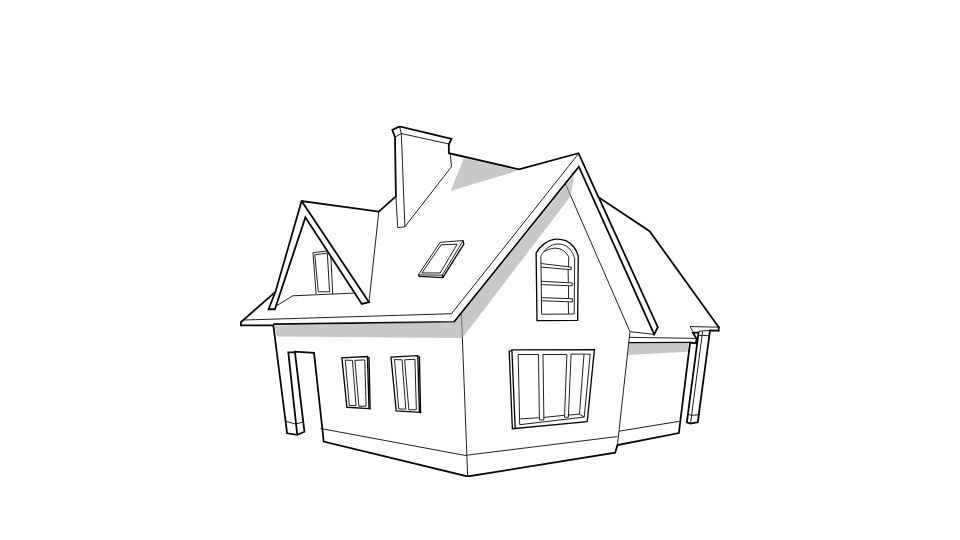
In a world where we’re constantly rushing toward the future, places like the Frances Jones Home help us remember where we’ve been.
The Slave Dwelling Project uses historic homes like this one to educate people about African American history and the legacy of slavery. These aren’t just academic exercises—they’re emotional, human connections to our past.
By preserving the Frances Jones Home, we’re not just saving an old building. We’re honoring Frances’s extraordinary dedication as a teacher. We’re recognizing the craftsmanship of those newly freed slaves who built it. And we’re keeping Gullah culture alive for future generations to experience.
Experience It Yourself

Want to truly understand this place? There’s nothing like seeing it firsthand.
Visitors today can explore the Frances Jones Home, stay overnight, and connect with Daufuskie’s rich heritage. It’s one of the most authentic ways to experience Gullah culture and the African American heritage of the Lowcountry.
Standing in a room built by people who had just gained their freedom after generations of enslavementit hits different.
The Frances Jones Home isn’t just a destination—it’s a reminder that freedom, education, and cultural survival matter. It shows us how a community can preserve its identity even when the world tries to erase it.
This little house has weathered storms both literal and figurative for over 150 years. And as long as we remember its story, the legacy of Frances Jones and the resilient Gullah community of Daufuskie Island will never fade away.


